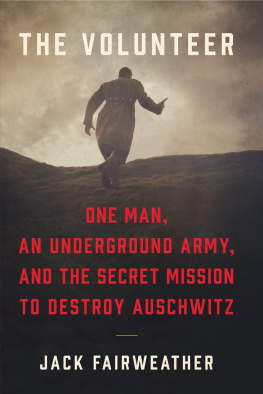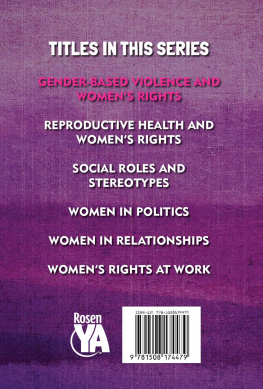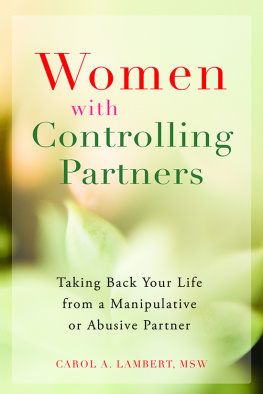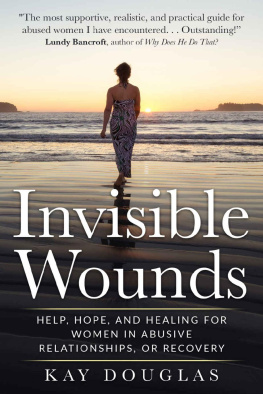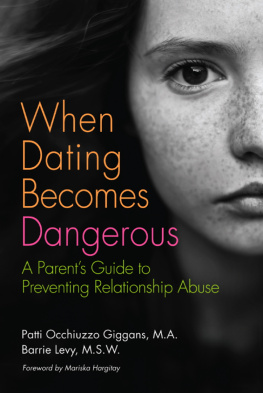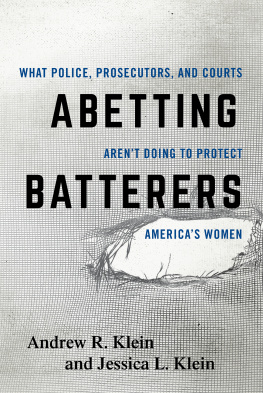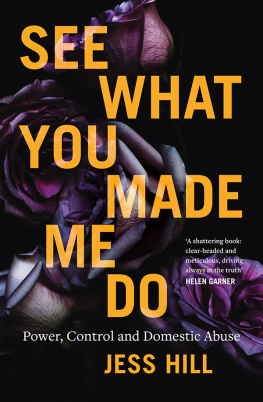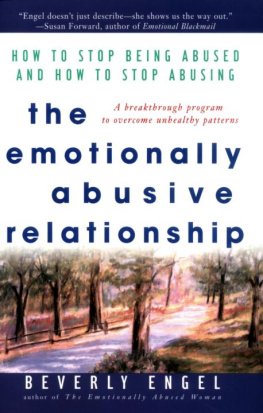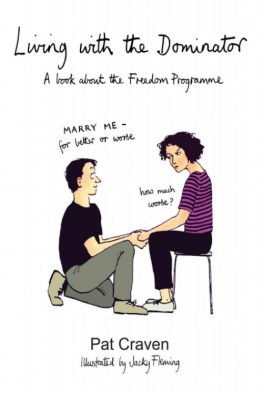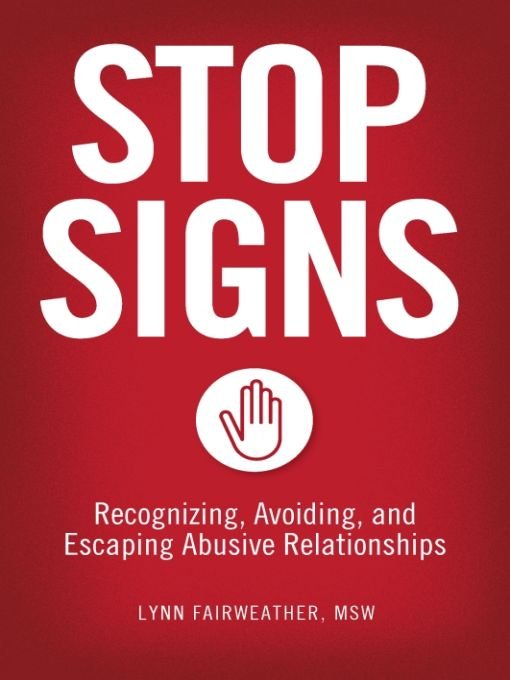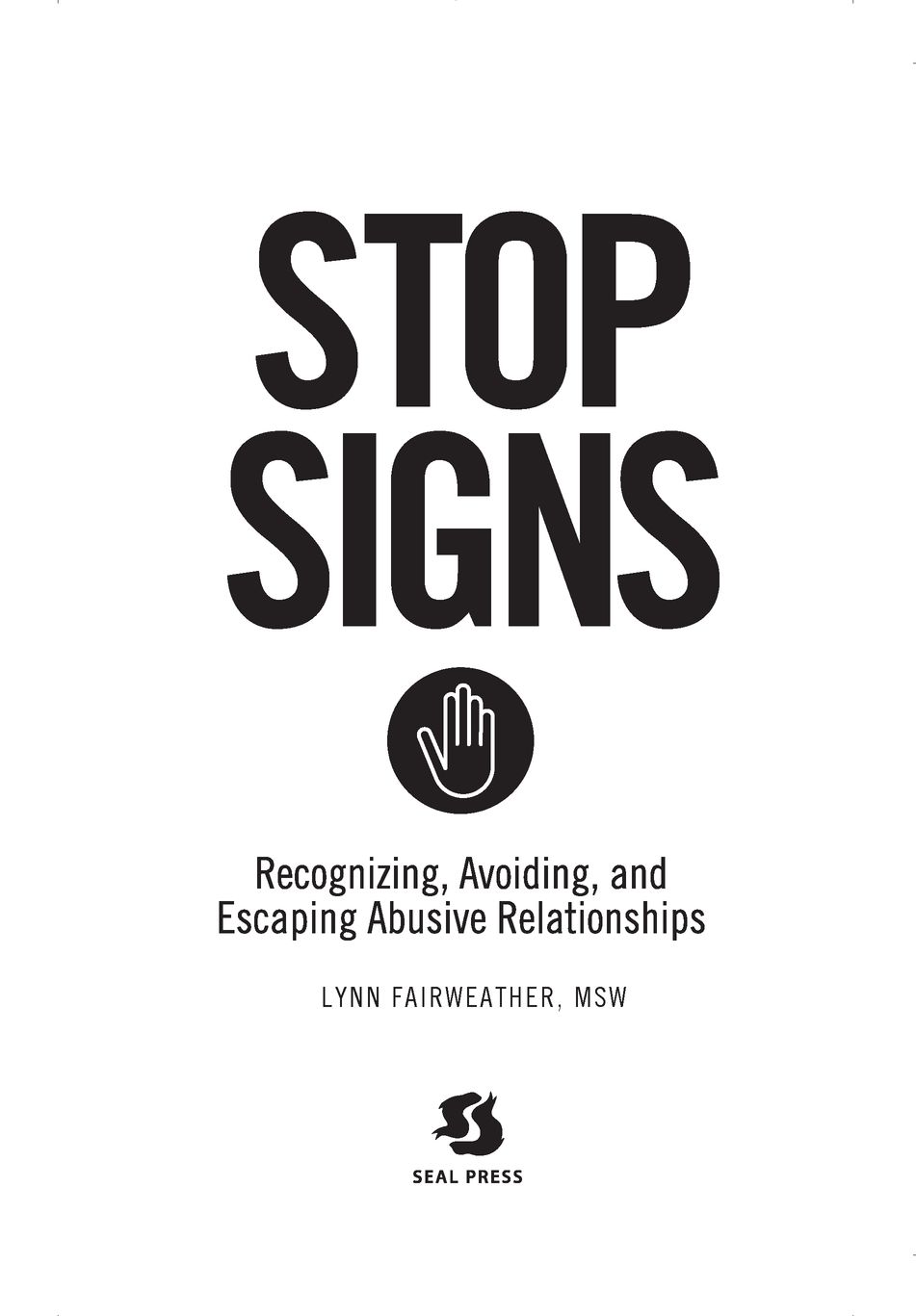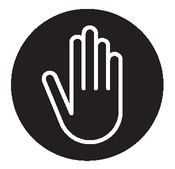Table of Contents
Dedication
This book is dedicated to my wise and courageous grandmother June, who always knew I would be an author.
Introduction
A danger foreseen is half-avoided.
Thomas Fuller
During the genesis of this project my intention was to write a book expressly for professionals in the domestic violence, threat assessment, and law enforcement fields. My objective was to shape the knowledge I have gathered over my twenty-year career into a concise format for practical use in helping to keep women safe. However, as I began working on it and would casually mention my progress to others, something unexpected began to happen. Dozens of womenacquaintances, colleagues, friendsapproached me about intimate partner abuse. Some would speak up in front of a group, while others would wait until I was alone, either in line for the ladies room, or walking to my car after a speaking engagement. They spoke in desperate tones about themselves, their partners, their relatives, and neighbors. Some had tears in their eyes, others showed anger or fear. They wanted to know what signs to look for in an abuser, how to know if the way their boyfriend treated them was normal, and how to keep their ex-husband from finding them. It was through these conversations that I realized everyday women were the audience I needed to reach because the power to prevent domestic violence was more in their hands than those of the professionals who were assigned to help them. I came to understand that the average female has valid questions and concerns for herself and her loved ones, but doesnt know who to ask. Often, we dont feel that our suspicions warrant a call to the police or a domestic abuse hotline, but we know something is wrong in some of the relationships we see or participate in. When it comes to intimate partner abuse, many women feel that they should be able to handle it themselves or that they should stay out of other peoples business. Yet millions of women are affected by abuse each year, with thousands of women losing their lives to violence.
According to the National Coalition Against Domestic Violence, 85 percent of abuse victims are women, and the U.S. Department of Justice tells us that three-quarters of those killed in domestic homicides are female as well.).
When asked if it was possible for women to exit an abusive relationship safely, Rhodes University psychology researcher Mike Earl-Taylor said the following:
The most effective way for women to avoid being victimized by controlling male partners is not to become seriously involved with them.
At first glance, this statement might seem condescending in its simplicity, but what Mr. Earl-Taylor is saying is entirely true and isnt meant to blame women who are in relationships with abusive partners. There is no shame in falling for an expert con artist, but women who have done so are at additional risk of repeating the cycle if they dont educate themselves on proactive prevention. No matter what your past relationships were like, it is possible to protect yourself and those you love through awareness and coordinated efforts between internal and external supports.
My goal is to introduce women to a self-preservation philosophy that encourages knowledge, empowerment, and solution-based strategies for assessing and managing risk in relationships.
There is significant protection in knowledge, and any willing woman can learn the signs and strategies that will help to increase her safety.
I have spent my entire professional life of nearly two decades working directly with victims and perpetrators of domestic violence, and during that time I have learned a great deal about the dynamics, factors, and prevention of intimate partner abuse. I have also been the victim of an abuser and now, as a survivor, I want to pass on what I know about avoiding, recognizing, and escaping a nightmare that affects millions of women each year. There are three levels of prevention through which I will provide practical ideas and advice to help identify, avert, and safely end potentially life-threatening relationships. In the vernacular of public health professionals, this book is simultaneously about:
Primary prevention: Stopping abuse from happening in the first place
Secondary prevention: Self-identification of abuse while it is still at an early stage
Tertiary prevention: Avoiding further harm once the problem has been recognized
While many compassionate and dedicated professionals such as police, advocates, prosecutors, and counselors are positioned to help victims of abuse, they typically enter the picture after it has already occurred. Most community discussions around prevention focus on macroefforts like tougher antiviolence laws, stronger supervision of offenders, and youth education programs. While these are all worthy endeavors, the ideas presented in this book concentrate more on personal strengths-based solutions, such as learning how to identify abusers and empowering yourself to become a less vulnerable target. I always recommend that victims of abuse seek assistance, and the following chapters will tell you exactly where to find it, but no one can fix your life for you. Your effort and courage must play a central role. This book is about saving yourself and relying on your inner strength to avoid and escape life-threatening circumstances.
The ideas I propose in this book are not meant to blame anyone for having an inefficient abuse radar but rather to arm women with information that can make them safer while placing the power of change back into their own hands. In her book
The Trouble with Blame psychologist Sharon Lamb states:
I do wish to argue that an exclusively external view is problematic not only because it underestimates the validity of what the victim is telling us, but because of an inherent contradiction between the social forces account (which is almost always presented in its most deterministic way) and the possibilities for change. In other words if we tell victims that there was nothing they could have done to stop the abuse, then we make them powerless to stop it from happening again.
I believe every woman can become her own hero instead of waiting for one to come along and save her. My wish for you is not obedience to my ideas or anyone elses, but rather the cultivation of an organic and self-reliant strength.
Finally, this is not a book about male-bashing, and it does not advocate diminishing the legal or human rights of men.
During my life I have met many kind, just, gentle men for whom I have a great deal of respect and love. I believe them to be the majority and just like most women, they seek loving and healthy relationships. These are not the men I am talking about in the following chapters.
Reducing violence requires a state of true equality in society. It is for this reason that we should welcome men into the antiviolence movement and applaud the efforts of so many that have already saved thousands of lives. I encourage all men and women to stand side by side in protecting our mothers, daughters, sisters, and friends from the threat of intimate partner abuse. Never underestimate the power of collaborative hope and commitment, for only in unity can we accomplish the truly transformational.


